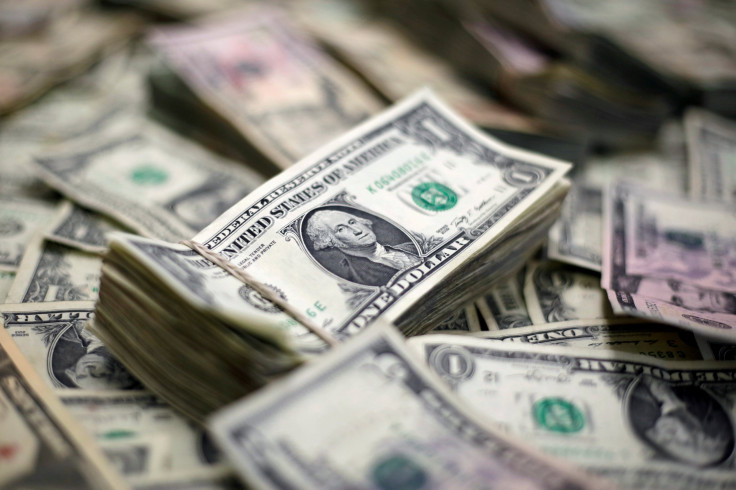US Economy: Strong Jobs Report Buoys Dollar As Trade Tensions Rise

NEW YORK - Better-than-expected U.S. employment data on Friday kept the dollar afloat, even as the European Union, Canada and Mexico are expected to retaliate to the import tariffs on steel and aluminum announced by President Donald Trump.
Domestic job growth accelerated in May and the unemployment rate dropped to an 18-year low of 3.8 percent, pointing to rapidly tightening labour market conditions. The U.S. Labor Department’s report also showed solid wage gains, making a rate hike in June near-certain, and increasing expectations of a fourth hike this year.
Against a basket of six currencies, the dollar rose half a percent to a session high of 94.45. The move, however, was relatively muted compared to the blockbuster jobs numbers.
“The market was fairly pricing the Fed’s path coming into the number, which was a shift from the beginning of the week where the market took out some of the rate hikes,” said Charles Tomes, senior investment analysts at Manulife Asset Management.
Rising trade tensions also counterbalanced the fizzy jobs data and weighed down the dollar. Following Trump’s announcement Thursday of new tariffs on imported metals, Canada, Mexico and the EU all said they plan to retaliate with levies on billions of dollars of U.S. goods from orange juice and whiskey to blue jeans and Harley-Davidsons.
Political turmoil in Italy earlier this week drove the dollar index to a 6-1/2 month high, but expectations of a fourth rate hike in 2018 decreased over fears of a euro zone crisis.
The euro edged higher on Friday, breaking a six-week losing streak, supported by a drop in Italian bond yields after a revived coalition deal between two anti-establishment parties pulled the country back from snap elections.
Sterling strengthened against the dollar and the euro on Friday as data showed UK manufacturing growth picking up speed in May. The pound languished near a six-month low of $1.3205 for much of the week, curtailed by weakness in the UK economy and influenced by non-UK factors including new U.S. trade tariffs and possible snap elections in Italy.
On Friday, however, it was set for its biggest daily gain in eight weeks. It climbed 0.5 percent to a five-day high $1.3362.
Against the euro, sterling strengthened 0.8 percent to 87.24.
On Friday, the single currency rose 0.2 percent to a session high of $1.1717.
Reuters
Reporting by Kate Duguid and Saikat Chatterjee; editing by Jonathan Oatis and Diane Craft
© Copyright Thomson Reuters {{Year}}. All rights reserved.





















